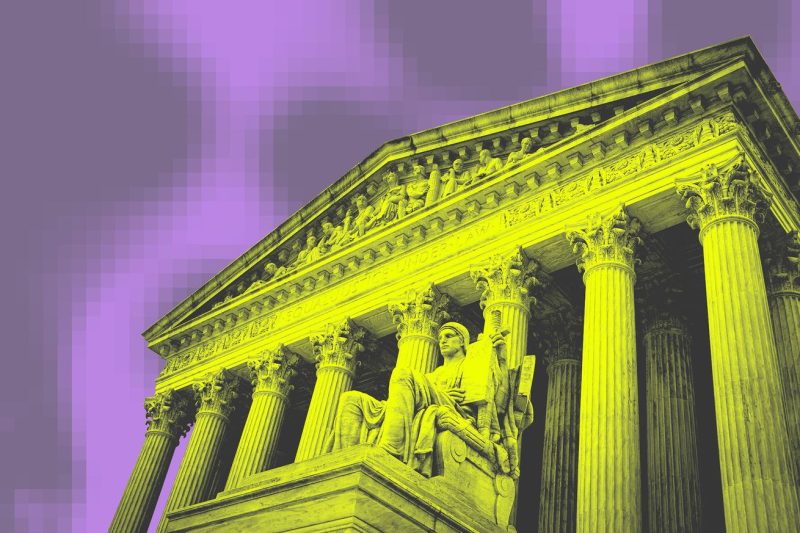
High Stakes: The Supreme Court’s Decision on America’s Low-Income Broadband Fund
The upcoming decision by the Supreme Court regarding the fate of America’s low-income broadband fund has the potential to substantially impact the digital divide in the country. Access to affordable and reliable internet services is a crucial aspect of modern life, enabling individuals to engage in education, work, communication, and various online services. However, many low-income households are unable to afford internet services, exacerbating existing disparities in access to opportunities and resources.
At the heart of the issue is the Emergency Broadband Benefit Program, a federal initiative that aims to provide financial assistance to low-income households so they can access broadband services during the pandemic. The program was established to address the increased need for internet connectivity as more aspects of daily life shifted online due to the public health crisis. By assisting eligible households with a monthly discount on internet services, the program sought to bridge the gap in digital access and ensure that all Americans could stay connected and informed.
Despite the program’s noble intentions and the positive impact it has had on many low-income families, it has faced legal challenges that have now reached the Supreme Court. The outcome of the court’s decision could determine the future of the Emergency Broadband Benefit Program and, by extension, the ability of low-income households to afford essential internet services. A ruling against the program could strip many families of their access to online education, telehealth services, and remote work opportunities, further deepening the digital divide in the country.
The case before the Supreme Court raises important questions about the government’s role in promoting digital equity and addressing disparities in internet access. Supporters of the program argue that affordable broadband is a necessity in today’s interconnected world and that financial assistance is essential to ensure that all Americans can participate fully in the digital economy. They maintain that the program serves a vital social function by helping low-income households overcome economic barriers to internet access and enabling them to take advantage of online opportunities.
On the other hand, opponents of the program contend that it represents government overreach and interferes with the free market by providing subsidies to certain internet service providers. They argue that the program distorts the competitive landscape and unfairly advantages participating companies, potentially crowding out smaller providers that do not receive program funds. Critics also raise concerns about the long-term sustainability of the program and its potential to create dependency on government support for internet services.
As the Supreme Court deliberates the legality and constitutionality of the Emergency Broadband Benefit Program, the fate of America’s low-income broadband fund hangs in the balance. The outcome of the court’s decision will have far-reaching implications for digital inclusion and access to online resources for millions of low-income Americans. Whether the program continues to provide critical support to those in need or faces dismantlement could shape the future of internet accessibility and equity in the country.
